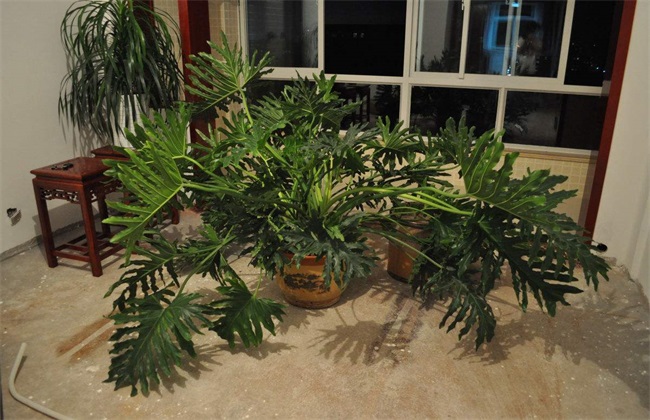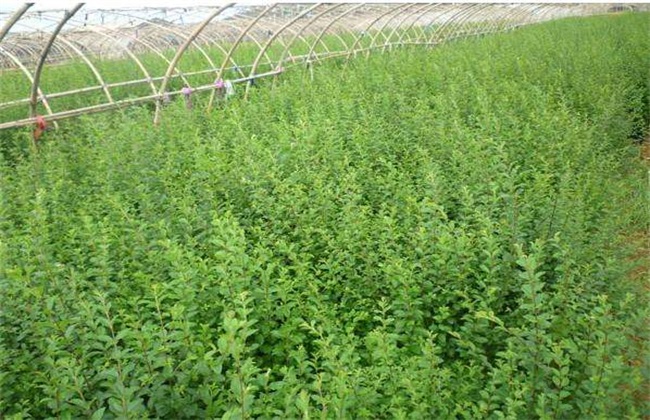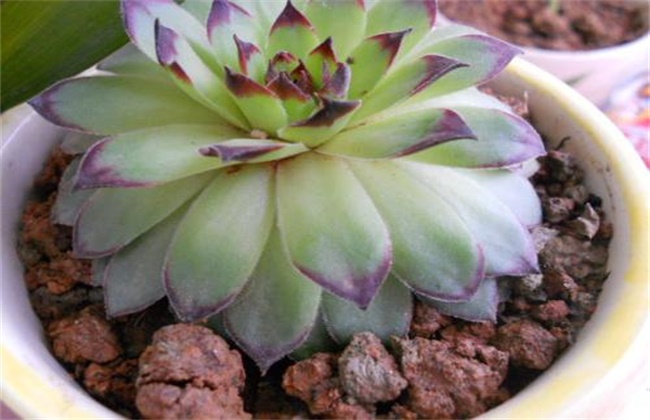The method of cuttage propagation of Phyllostachys pubescens by water culture
Tortoise-backed bamboo is a very common flower plant in our daily life. The ornamental value of tortoise back bamboo is very high, and there is a large market demand, so now more and more people plant it. When planting tortoise-backed bamboo, the most important thing is the breeding of tortoise-backed bamboo. There are many breeding methods of Phyllostachys pubescens, among which hydroponics are more common. So the editor today brings you the method of hydroponic propagation of tortoise back bamboo, let's have a look!

1. Preparation before cuttage
In the time of hydroponic cuttage of tortoise back bamboo, the cuttings of hydroponic cuttings should be selected at least to ensure the length of more than two sections. Not too short, too short will affect the rooting rate. Then make sure that the cuttings of the branches are smooth and at a distance from the nodes, which is the best between the two nodes. Can retain the aerial root on the cuttings, if the aerial root is relatively long, then cut off a section appropriately and keep it around the 4cm. If the leaves are not large, they can be cut off, and the small leaves can be retained properly.
2. Cutting time
When the cuttings of Phyllostachys pubescens are cultured in water, the time is very important. Under normal circumstances, it can be carried out from May to October every year, as long as the temperature is higher than 20 degrees. However, the best time for hydroponic culture of tortoise back bamboo should be from June to August of each year, because the temperature is relatively high during this period. Therefore, the rooting speed of tortoise back bamboo is relatively fast, and the survival rate can be improved, and leaves can be grown in the same year. If the temperature is higher than 30 degrees, it will take about half a month to take root, while under the same conditions, it will take a month for soil-cultured bamboo to take root.
3. Cutting method
First of all, we should choose the container of hydroponic cuttage, keep the container clean and tidy, then put fresh water in the container, and then put the cuttings directly into the container. The depth of the water can be kept consistent with the withered section of the cuttings. After putting it into the water, put the container in the sunny place where there is no wind, but Li Yu should pay attention to the windproof work, otherwise it will affect the shearing wound of tortoise back bamboo and reduce the rooting rate.
In hydroponics, it usually takes about two days to add water, but we should also pay attention to control the depth of the water. And when adding water, we should be careful not to let the turtle back bamboo have obvious shaking. When it is found that the cuttings have new roots, they can be put on the pot. The new root of tortoise-backed bamboo is relatively easy to break, so the new root should not be too long and should be kept at about two centimeters. The planting soil should be mainly humus-rich soil, fertilize every 7 days or so after potting, and put it in a semi-shady place.
The above is a brief introduction to the method of hydroponic cuttage propagation of tortoise back bamboo. That's all for today's introduction, this article is for reference only, like it can be helpful to everyone!
Related
- Fuxing push coffee new agricultural production and marketing class: lack of small-scale processing plants
- Jujube rice field leisure farm deep ploughing Yilan for five years to create a space for organic food and play
- Nongyu Farm-A trial of organic papaya for brave women with advanced technology
- Four points for attention in the prevention and control of diseases and insect pests of edible fungi
- How to add nutrient solution to Edible Fungi
- Is there any good way to control edible fungus mites?
- Open Inoculation Technology of Edible Fungi
- Is there any clever way to use fertilizer for edible fungus in winter?
- What agents are used to kill the pathogens of edible fungi in the mushroom shed?
- Rapid drying of Edible Fungi



